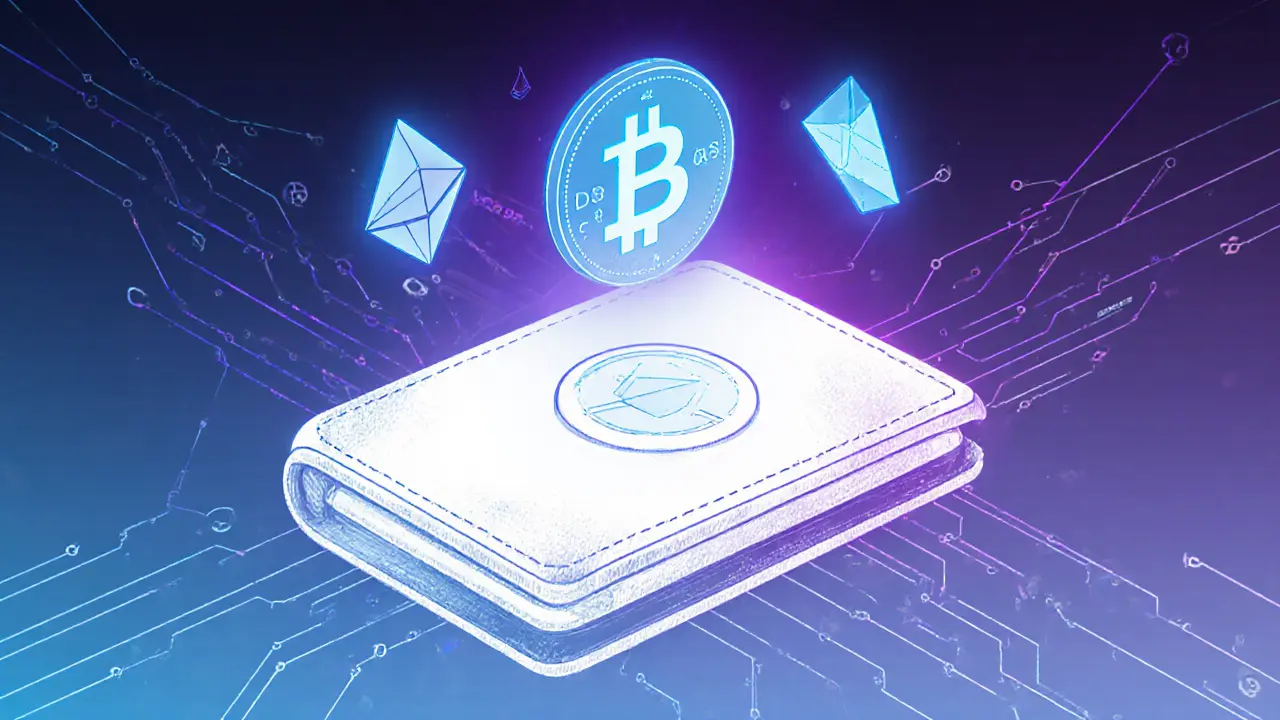Cryptocurrency Airdrop: How Free Tokens Really Work
When working with cryptocurrency airdrop, a distribution method where blockchain projects give free tokens to eligible users. Also known as token airdrop, it aims to boost network adoption and reward early supporters. A token, the digital asset being handed out is usually sent to a wallet, a crypto address you control once you meet the eligibility, criteria like holding a certain coin or completing a task. This simple chain – airdrop includes token distribution, token distribution requires wallet address, and wallet setup is tied to eligibility – forms the backbone of every free‑token campaign.
If you’re hunting for a cryptocurrency airdrop that actually delivers, you’ll want to check a few red flags. First, legitimate projects announce drops on official channels such as their website, verified social media, or well‑known forums. Second, they never ask for private keys – any request to share your seed phrase is a classic scam. Finally, watch the token’s smart contract; a verified contract on a block explorer adds a layer of trust.
Common Types of Airdrops and When They Appear
There are three main flavors you’ll see in the wild. A holder airdrop rewards users who already own a certain token at a snapshot date. A task‑based airdrop asks participants to complete actions like joining a Discord, sharing a post, or testing a dApp. Finally, a fork airdrop occurs when a blockchain splits, automatically crediting holders of the original chain with a new token. Each type ties back to eligibility rules, which you must verify before spending any time.
Eligibility isn’t just a box‑checking exercise; it shapes the tokenomics of the drop. Projects often limit the total supply of airdropped tokens to a percentage of the overall token pool, creating scarcity that can drive early price movement. Knowing the maximum allocation helps you gauge whether the airdrop is a meaningful reward or just a promotional gimmick.
Wallet choice matters, too. Most airdrops work with Ethereum‑compatible wallets like MetaMask, Trust Wallet, or hardware devices such as Ledger. If you use a custodial exchange wallet, you might miss the drop because the exchange controls the private keys. Setting up a non‑custodial wallet is a quick step that opens the door to countless future airdrops.
Security steps are non‑negotiable. Before you claim, double‑check the claim URL for HTTPS and a correct domain name. Phishing sites often mimic official URLs but use subtle character changes. Once you’re sure, connect your wallet, confirm the transaction (usually a small gas fee), and wait for the tokens to appear in your balance.
Gas fees can bite, especially on congested networks. Some projects cover the gas cost by sending a small amount of native cryptocurrency (like ETH) alongside the airdrop. Others ask you to pay the fee yourself. Weigh the cost against the token’s market potential – a $5 gas fee for a token with a $0.10 price may not be worth it unless you expect strong upside.
Regulatory considerations are creeping into the airdrop space. Certain jurisdictions treat airdropped tokens as taxable income at the fair market value on the day of receipt. Keeping a record of the transaction, token price, and date helps you stay compliant and avoid surprises during tax season.
Community engagement often follows a successful airdrop. Projects may launch governance polls, staking programs, or liquidity mining incentives that give airdrop recipients a voice in the project's future. Participating in these activities can increase the token’s utility and, consequently, its value.
For the savvy hunter, tracking airdrop announcements is a daily habit. Aggregator sites, telegram channels, and newsletters compile upcoming drops, but they vary in quality. We recommend cross‑referencing any claim with the project’s official roadmap and checking community sentiment on platforms like Reddit or Discord.
One practical tip: create a dedicated “airdrop” wallet address. This isolates airdropped tokens from your main trading funds, simplifying tax reporting and reducing the attack surface for phishing attacks. Since each airdrop usually requires only a public address, you can reuse the same wallet across multiple campaigns without exposing your private keys.
Finally, remember that not every airdrop will turn into profit. Some projects fizz out, leaving holders with worthless tokens. Treat airdrops as low‑cost experiments – you gain experience, learn verification steps, and maybe snag a gem that skyrockets later.
Below you’ll find a curated list of articles that dig deeper into specific airdrops, tokenomics, and safety practices. Whether you’re a beginner looking for step‑by‑step guides or a seasoned trader hunting the next high‑potential drop, the collection offers actionable insights you can apply right away.

DES Space Drop Airdrop by DeSpace Protocol: How to Claim and What You Need to Know
Learn how to claim DES tokens from the DeSpace Protocol Space Drop airdrop, who qualified, how much was awarded, and what to do next. All verified details for November 2025.

Midnight (NIGHT) Token Airdrop by Cardano: Full Details and How to Claim
Detailed guide on the Midnight (NIGHT) token airdrop by Cardano, covering eligibility, claim steps, vesting, and what happens to unclaimed tokens.

CoinWind (COW) Airdrop Details: How to Join, Token Info & Risks
Explore the CoinWind (COW) airdrop: how it worked, token details, claim steps, risks and a clear comparison with CoW Protocol.

WELL Token Airdrop Details: What You Need to Know in 2025
Learn what you need to know about the WELL token airdrop in 2025, from eligibility and timing to security tips and how to claim tokens safely.
